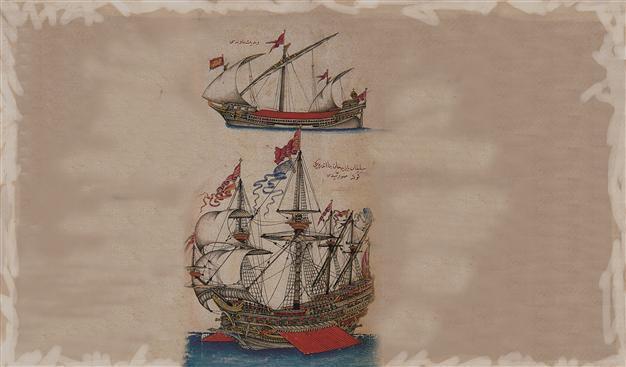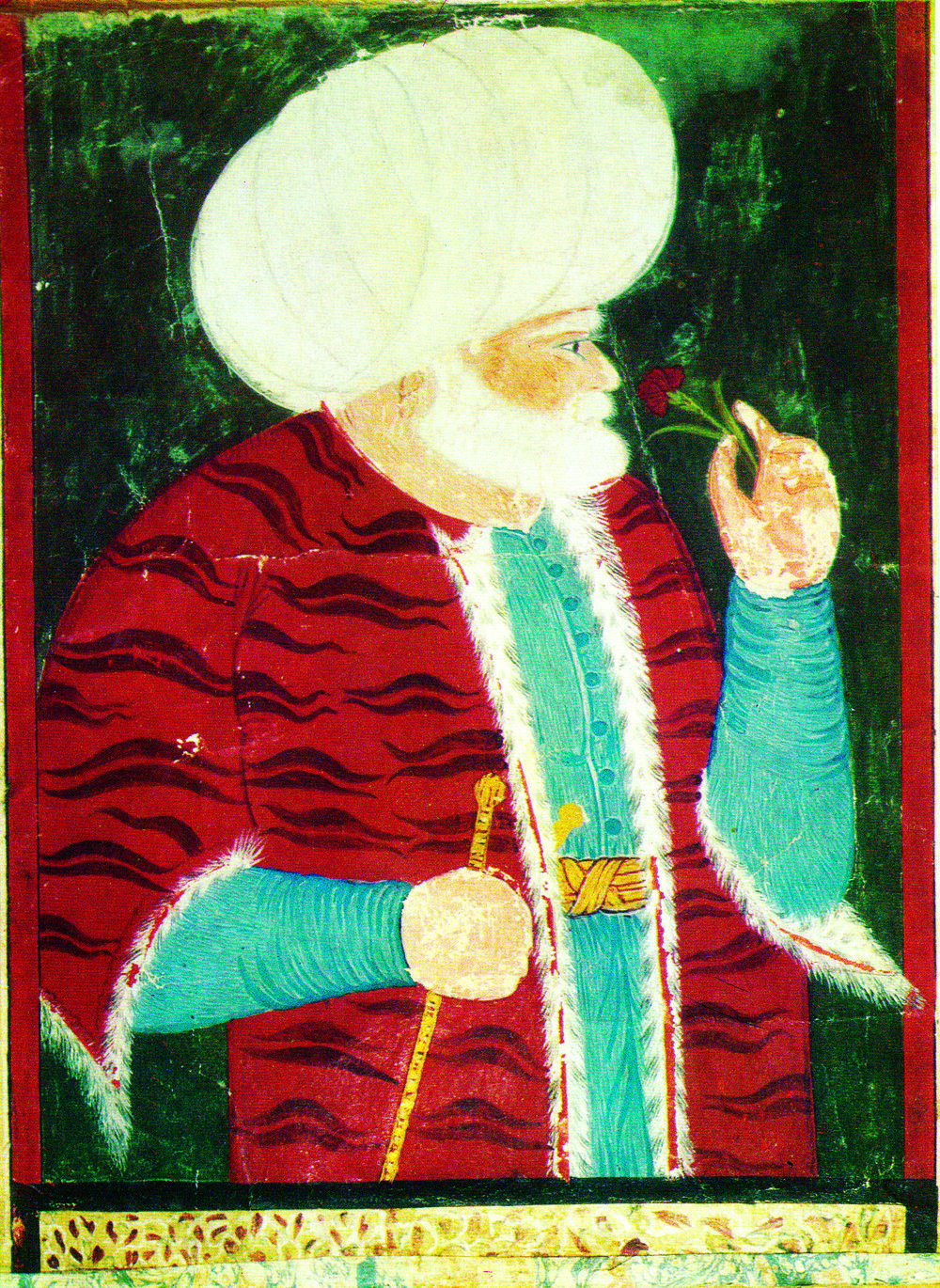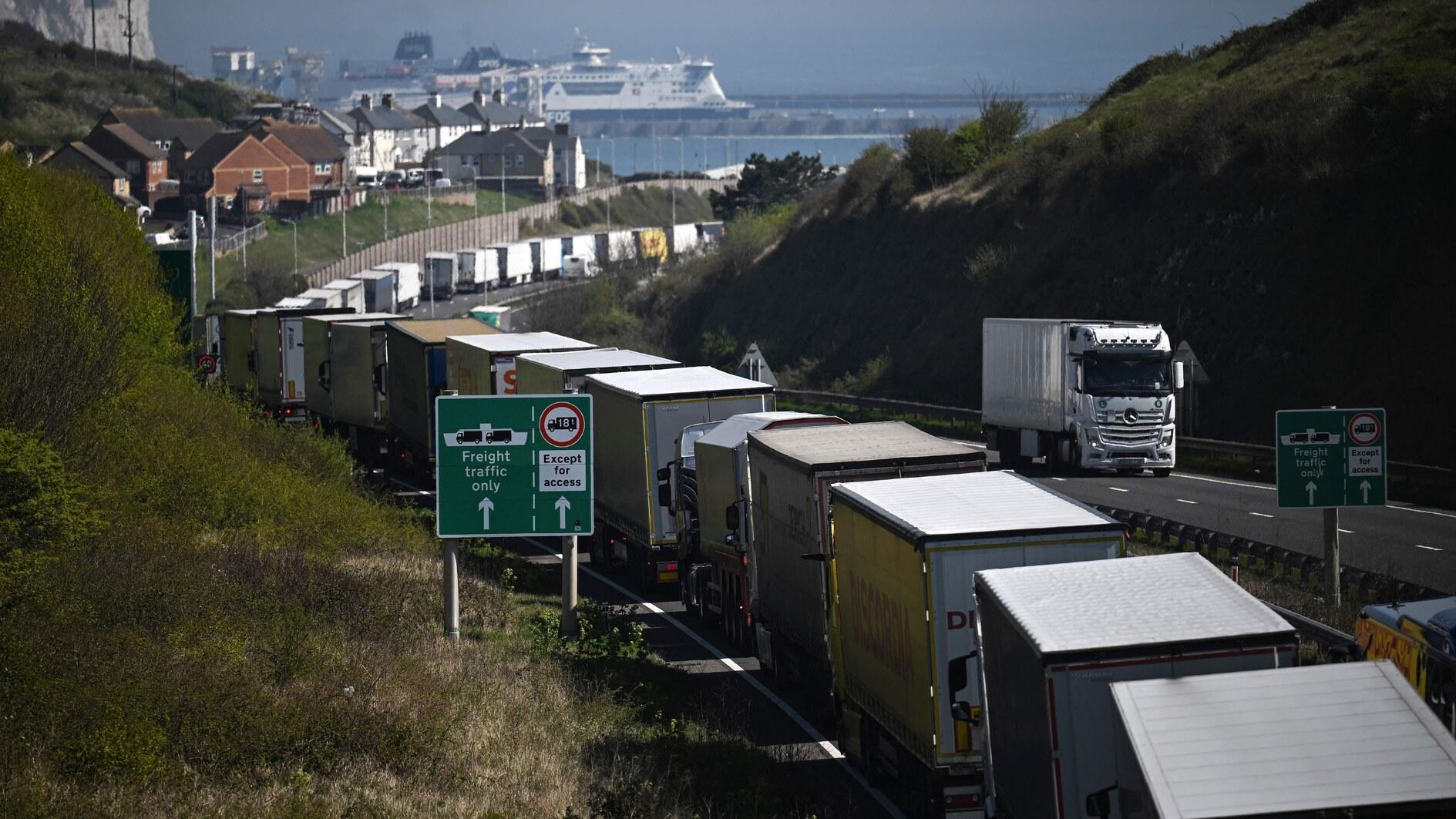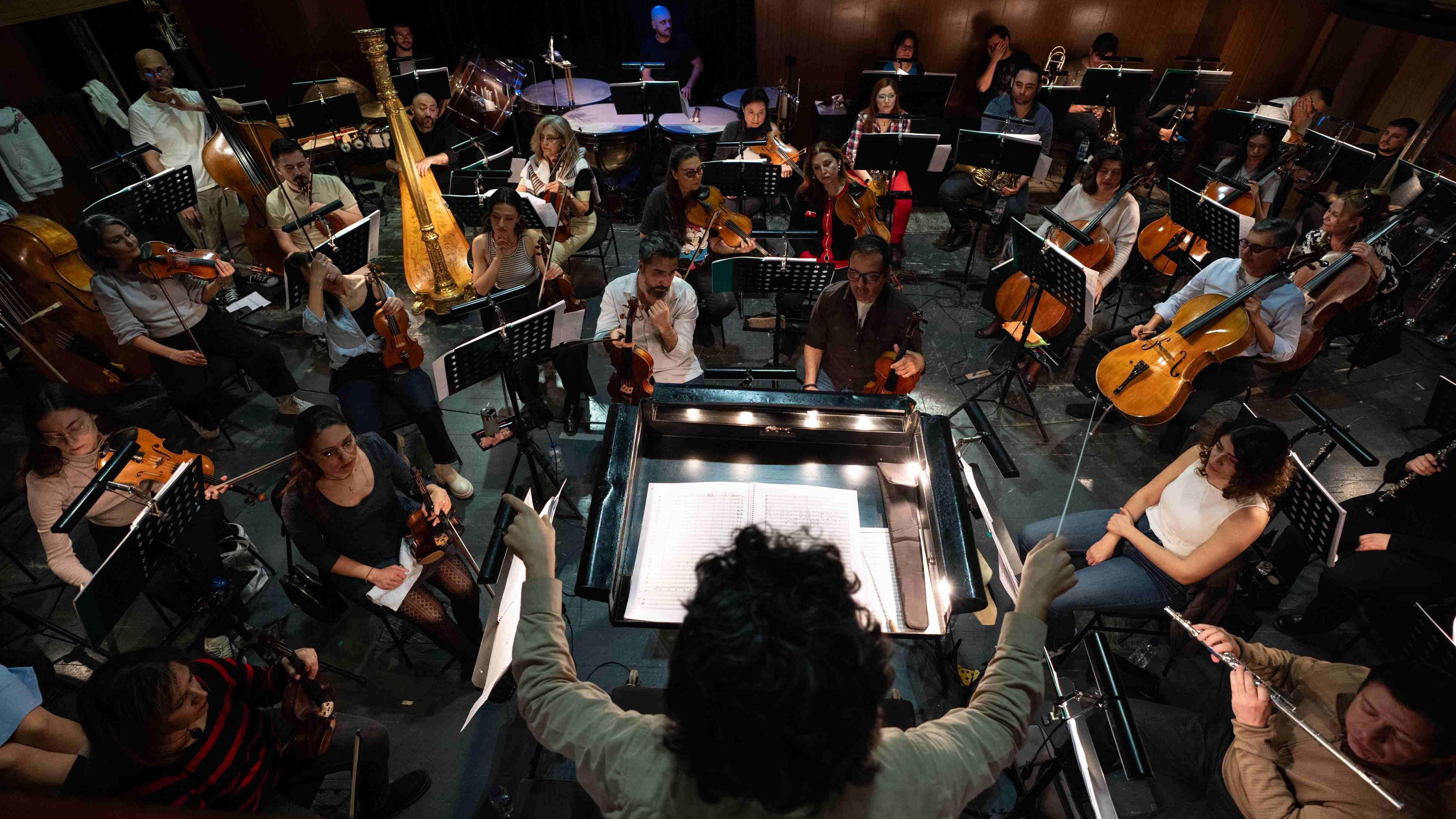Wintering in Toulon
Niki GAMM ISTANBUL - Hürriyet Daily News

In 1543, Francis I invited Kanuni to send the Ottoman Lord High Admiral Barbarossa to help the French in their fight with the Austrian Emperor Charles V.
The French Riviera is a nice place to spend the winter. Although there are warmer places around the world, the weather was probably the last thing on Ottoman High Admiral Hayrettin Barbarossa’s mind when he decided that Toulon would be a good winter moorage for his fleet in 1543 and 1544. The then-King of France Francis I agreed - anything for his good friend and ally, the Ottoman Empire.The events in Europe leading up to this once-in-a-millennium event were as complicated as anyone could imagine. Marriages, estrangements, treaties made and treaties broken, illegitimate children, war, peace, ransoms, pillages, rape – an endless landscape so typical of Renaissance Europe where people struggled for wealth, power and survival.
Kanuni Sultan Süleyman was faced with having to continuously balance the various powers in Europe so that he could continue his advances into the Balkans and fight off any attacks from the Persian Safavid Empire in the East. In the West, the Ottomans’ enemies in the middle of the 16th century were Venice, England, France and most importantly of all, the Holy Roman Empire, which included Spain, but not necessarily in that order. It was Kanuni’s policy to ensure that these powers did not find a common cause to attack him.
A peace treaty signed
In 1540, the Venetians and Ottomans signed a peace treaty that sidelined the former from attacking the Ottoman armies advancing into the Balkans and the Ottoman fleet on the Mediterranean. The treaty put an end to three years of war and meant that the Ottoman fleet was unopposed in the eastern Mediterranean and dominant in the rest. Genoa was in no condition to threaten the Ottomans unless it was in alliance with Venice.
For most of his life the French king was the bitter rival of Habsburg Emperor Charles V who ruled over Hungary-Austria as well as Spain. He more often than not fought Charles through surrogates rather than direct conflict. Francis I became the first European ruler to normalize and enjoy good relations with the Ottoman Empire when a treaty that included very favorable commercial conditions was concluded in 1536 between France and the Ottomans.
The treaties the Ottomans had with Venice and France were aimed at the enrichment of the latter two signatories, but more than one Christian moralist decried these alliances with the infidel. For the Ottomans, it meant no significant maritime threats to their Empire although they were fully aware the French navy had never been a threat and would rely on them if it came to a naval battle in the Mediterranean.
In 1543, Francis I invited Kanuni to send the Ottoman Lord High Admiral Barbarossa to help the French in their fight with the Austrian Emperor Charles V. So Barbarossa sailed for the Italian coast with 100 galleys and sacked Reggio before turning north along the western coast of Italy. A romantic story has arisen of this tail, although how true it is no one knows. It is said that the governor of Reggio’s beautiful, 18-year-old daughter was among the captives. Barbarossa, who was already in his upper 60s, fell in love and married her. So he freed her parents.
Capturing Nice
Barbarossa then proceeded up the Italian coast, stopping to lay siege to a fortress at Gaeta (between Naples and Rome), which he conquered before going on to meet up with the French fleet at Marseilles. Whatever was promised to the Turks Barbarossa expected to find at Marseilles, but the French failed to come through with their end of the deal. The Admiral was furious and let the French know it. The provisions for his fleet weren’t ready and various other stores hadn’t arrived. He complained to the French to no avail.
King Francis I then asked Barbarossa to assist the French in capturing Nice, which was at the time under Spanish control, and he agreed. It turned out that the French soldiers and fleet were hardly prepared and the admiral is alleged to have said, “What soldiers are these – that fill their vessels with wine casks and forget to bring their [gun] powder.” The French ambassador to Venice, Blaise de Monluc, praised the Turkish forces the following year as professionals and far superior to the forces of any European powers. Nice fell to the combined forces only because of the Turkish fleet was able to open a breach in the city walls so French troops could enter. Nice was then put to the sword and according to Spanish accounts it was the French who did this even though the governor of the city had formally surrendered. Barbarossa and his men were blamed for this but they had already withdrawn to Villefranche where they had previously been anchored.
In October 1543 Barbarossa anchored his fleet at Toulon for the winter. The city already served as port for the French fleet, but Francis I’s instructions on how the Turks were to be received were quite explicit. “Lodge the Lord Barbarossa sent to the king by the Great Turk, with his Turkish Army and grand seigneurs to the number of 30,000 combatants during the winter in his town and port of Toulon... for the accommodation of the said army as well as the well-being of all this coast, it will not be suitable for the inhabitants of Toulon to remain and mingle with the Turkish nation, because of difficulties which might arise.”
The only people to stay in Toulon were the heads of households. Indemnification was in the form of a tax reduction for ten years. The crews of the Turkish galleys were lodged in the various houses and were ordered to maintain a strict discipline. Although it’s likely that incidents occurred, none were reported.
The majestic 11th century cathedral in Toulon was converted into a mosque for the six months the Ottoman fleet lay in port. If any damage was done, there’s no record of it. One has to wonder how the French who remained felt about hearing the call to prayer five times a day.
The Ottomans did not remain idle while stationed in Toulon. The opportunity was taken to refit their ships and to raid some of the Italian and Spanish villages along the coast to inflict further damage on the Austrian emperor’s holdings.
When spring came eight months later, Barbarossa decided to return to Istanbul but not before he received a substantial amount of money from the French king for his services. One source suggests that this was a bribe to get rid of him, but that doesn’t seem likely since Francis I had to meet the obligations he’d undertaken to get the services of the Ottoman fleet. The money arrived but the provisions promised to him did not so he had his men take over five ships anchored in the Bay of Toulon and loot them for the food he needed. As he sailed from Toulon to wreak more havoc on Italy’s coastal villages, five French warships accompanied his fleet. They parted company and Barbarossa returned to a hero’s welcome in Istanbul.

















